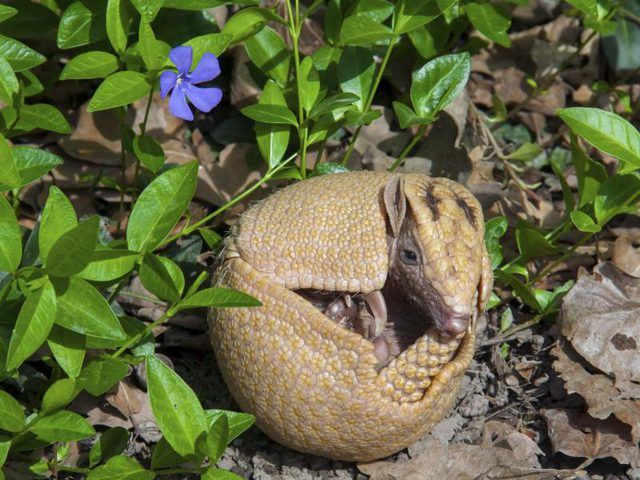Bulbs
Flower Basics
Flower Beds & Specialty Gardens
Flower Garden
Garden Furniture
Garden Gnomes
Garden Seeds
Garden Sheds
Garden Statues
Garden Tools & Supplies
Gardening Basics
Green & Organic
Groundcovers & Vines
Growing Annuals
Growing Basil
Growing Beans
Growing Berries
Growing Blueberries
Growing Cactus
Growing Corn
Growing Cotton
Growing Edibles
Growing Flowers
Growing Garlic
Growing Grapes
Growing Grass
Growing Herbs
Growing Jasmine
Growing Mint
Growing Mushrooms
Orchids
Growing Peanuts
Growing Perennials
Growing Plants
Growing Rosemary
Growing Roses
Growing Strawberries
Growing Sunflowers
Growing Thyme
Growing Tomatoes
Growing Tulips
Growing Vegetables
Herb Basics
Herb Garden
Indoor Growing
Landscaping Basics
Landscaping Patios
Landscaping Plants
Landscaping Shrubs
Landscaping Trees
Landscaping Walks & Pathways
Lawn Basics
Lawn Maintenance
Lawn Mowers
Lawn Ornaments
Lawn Planting
Lawn Tools
Outdoor Growing
Overall Landscape Planning
Pests, Weeds & Problems
Plant Basics
Rock Garden
Rose Garden
Shrubs
Soil
Specialty Gardens
Trees
Vegetable Garden
Yard Maintenance
How to Use Household Remedies to Get Rid of Armadillos
How to Use Household Remedies to Get Rid of Armadillos. Armadillos forage at night, leaving behind shallow, 3- to 5-inch-round holes in garden beds and lawns as they seek insects. Their digging may uproot plants, too. Household or homemade remedies to exclude or drive away armadillos are most successful when they are combined with several other...

Armadillos forage at night, leaving behind shallow, 3- to 5-inch-round holes in garden beds and lawns as they seek insects. Their digging may uproot plants, too. Household or homemade remedies to exclude or drive away armadillos are most successful when they are combined with several other management tactics.
Natural Repellents from the Home
Because strong odors and flavors may turn armadillos away, sprinkle powdered cayenne pepper, which is made from the fruit of cayenne pepper (Capsicum annuum "Cayenne"), around plants that suffer major armadillo damage. The powder won't harm the plants, including vegetables. Apply enough of the powder to coat the soil surface lightly, and reapply it when rain or irrigation water washes it off. Ammonia-soaked rags thrown inside armadillo burrows may encourage the animals to leave, or lay the rags on top of the soil around plants you want to protect. Ammonia can kill plants and makes vegetables unsafe to eat, however. So avoid placing it directly on plants. Ammonia also causes skin irritation, is toxic when swallowed and has fumes that are dangerous, especially in enclosed spaces. Therefore, use caution if you choose to try a remedy involving ammonia; wear clothing that covers all of your skin, and don't breathe ammonia's fumes.
An Unwelcoming Lawn and Garden
Armadillos usually set up multiple burrows either in or near a yard. Removing brush and raking up piles of leaves eliminates some areas where armadillos are likely to burrow, making your yard less attractive to them. Pine needle mulch placed on garden beds also may repel armadillos because they aren't fond of pine's odor or the needles. The animals usually dig in a lawn or garden because its irrigated soil is soft and simple to root in for food. If your garden or lawn is drought-tolerant, then consider watering it less often than normal so its soil isn't as soft. An armadillo burrow can be filled loosely with soil so the armadillo can dig out if it's inside. If the burrow is undisturbed after one or two days, fill it in completely with soil to encourage the armadillo to go elsewhere.
Exclusion Tactics
A simple yet well-designed fence can help keep armadillos out of a garden. Although armadillos can't jump well, they climb and burrow. So bury the bottom 12 to 18 inches of the fence to prevent the animals from burrowing under it. If you don't want to install a tall fence, then use a fence that is tall enough to stand 2 to 3 feet above ground after its bottom portion is buried below ground, and slant the fence's upper portion so that it points at a 45-degree angle away from the garden bed. The slant makes the fence more difficult for armadillos to climb. Chain-link and wood fences around a lawn usually don't exclude armadillos because the animals can dig under them. A solution is to bury hardware cloth 12 to 18 inches deep in a trench along the fence perimeter to create an underground barrier.
Smart Trapping
Traps are among the most effective remedies for an armadillo problem. Before starting a trapping program, however, check with your county's Cooperative Extension Service or wildlife office to ensure no trapping restrictions or special guidelines are in effect in your area and to find out where you should release captured armadillos. The release area should be well away from homes and yards so the animals don't become someone else's problem. Use live-catch box traps measuring 10 by 12 by 32 inches. Setting boards on each side of a trap's entrance helps funnel an armadillo into the trap, and the trap can be baited with overripe fruit or mealworms. Set up traps near burrows or in the area suffering the most armadillo damage.
Source of the Problem
Grubs, worms and other soil creatures are the main attractants for armadillos. It's difficult to get rid of grubs completely using a household remedy, but reducing watering and avoiding overfertilization can help reduce grub populations and force worms to burrow more deeply into soil. Aerating the lawn on a regular basis, either with a core aerator or by wearing spiked shoes made for aeration, can greatly reduce grub populations near the soil surface. Limiting the amount of armadillos' food works best when it's combined with other armadillo management practices.